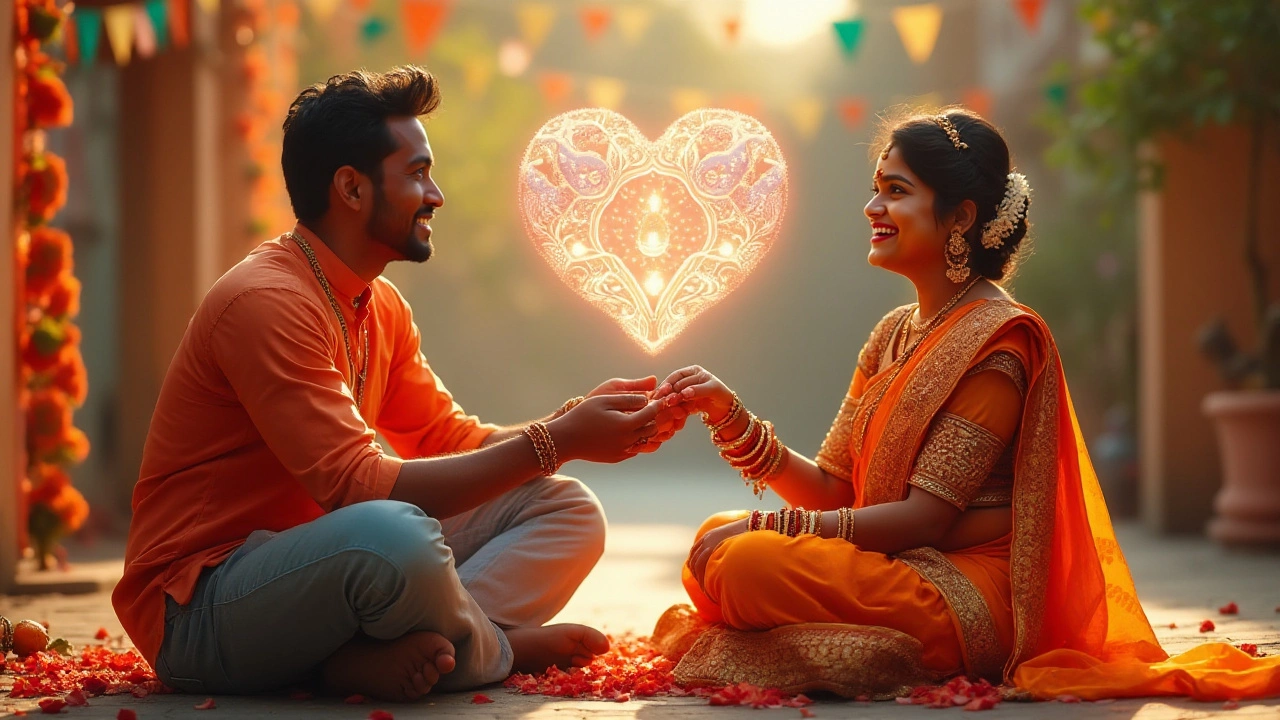Love Symbols: Meaning, Types, and How to Use Them
Did you know a single heart shape can say more than a whole paragraph? Love symbols are little visual shortcuts that instantly tell someone you care. They’ve been used for centuries, from ancient carvings to modern emojis. Knowing which symbol fits the moment can make your words feel richer.
Let’s break down the most popular symbols. The classic red heart stands for deep affection and romance. A pink heart adds a softer, playful vibe, while a broken heart is the go‑to sign for heartbreak. If you want to hint at a secret crush, the pink arrow through a heart works great – it mixes the excitement of love with a dash of mystery.
Common Symbols and What They Mean
Heart – love, passion, and emotional connection. Use it in a text, a card, or a social post to show you care.
Infinity sign – endless love. Pair it with a heart or a name to suggest forever.
Rose – romance and admiration. Red roses are passionate, yellow roses are friendly, and white roses mean pure love.
Lock and key – trust and a special bond. Mention it when you feel someone holds the key to your heart.
Dove – peace and harmony in a relationship. Great for wedding invitations or anniversary notes.
How to Use Love Symbols in Real Life
Start with your messages. Adding a heart at the end of a text can turn a simple "I miss you" into a warm hug. If you’re writing a love letter, weave the infinity sign between your names to highlight commitment.
Gift ideas are easy too. A necklace with an interlocking heart pendant is a subtle yet powerful reminder of your bond. For a DIY touch, hand‑draw a small lock and key on a postcard and write a short note about trust.
Social media loves visual cues. Posting a photo of a sunset with a tiny heart overlay signals romance without saying a word. When you share a memory, add the rose emoji to hint at affection.
In poetry or song lyrics, sprinkle symbols like the dove or the rose to deepen the theme. Readers instantly pick up on the added meaning, making the piece feel more layered.
Remember to match the symbol to the tone. A broken heart works for a sad story, but not for a birthday wish. Choosing the right icon shows you understand the situation.
Finally, be authentic. Don’t overuse symbols just because they’re trendy. A single well‑placed heart can speak louder than a row of emojis.
With these basics, you can start using love symbols confidently. Whether you’re texting, gifting, or creating art, the right symbol adds a clear, heartfelt message in a flash.
